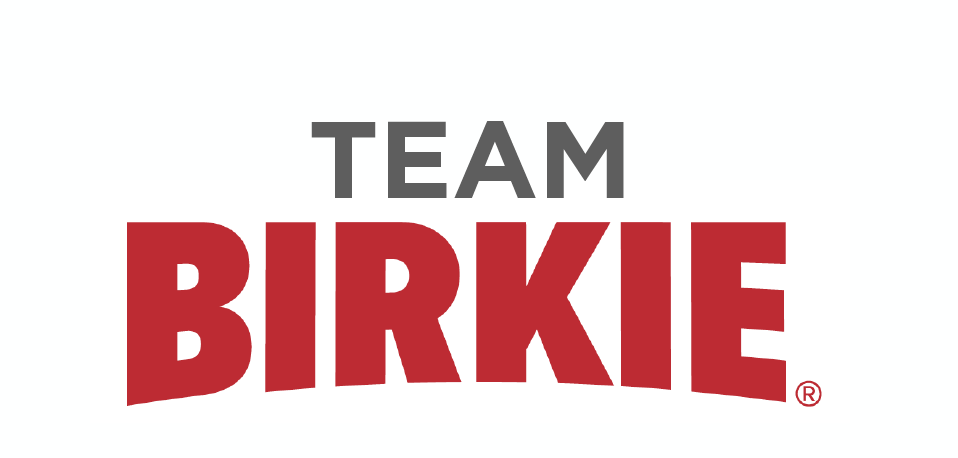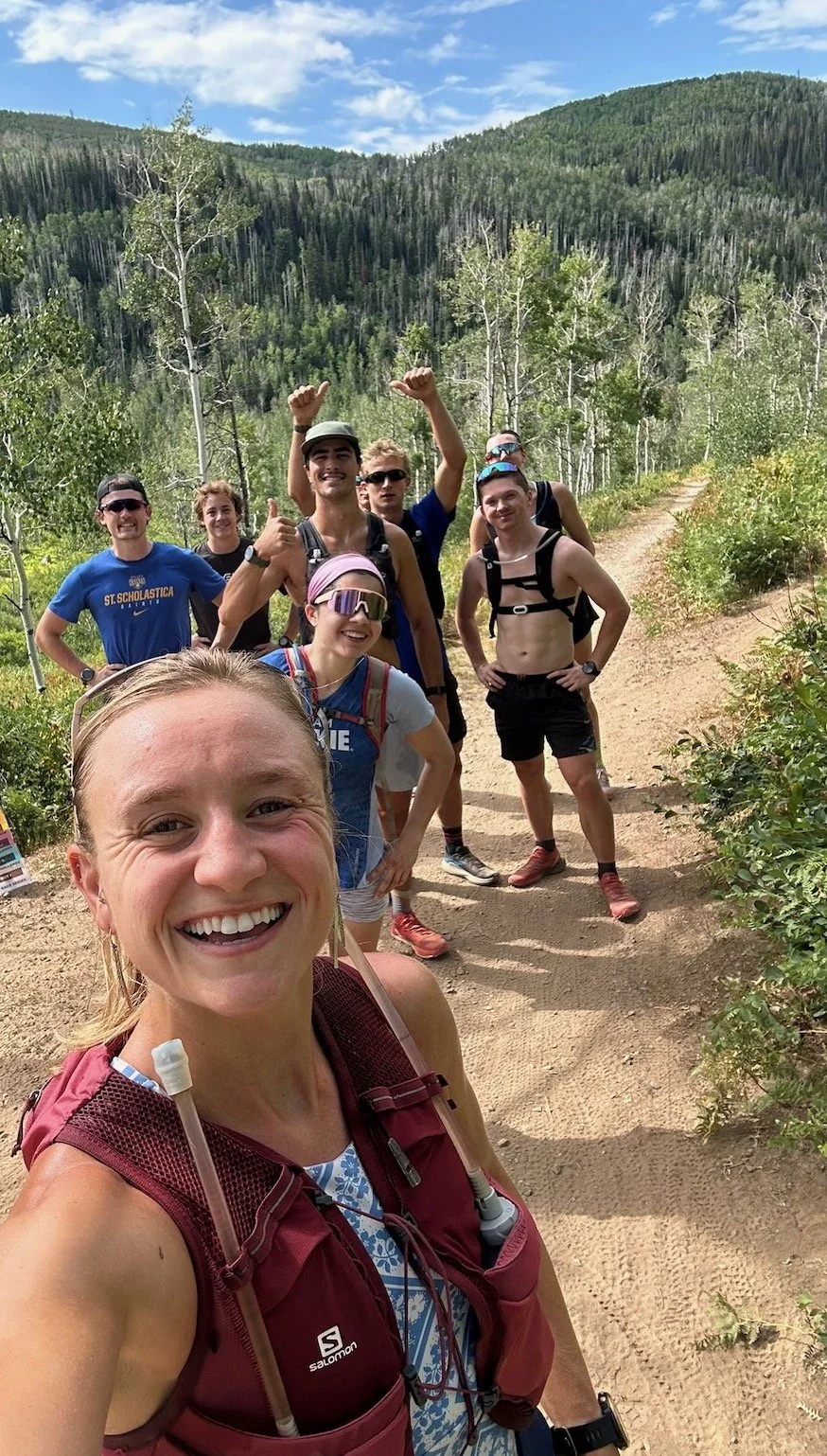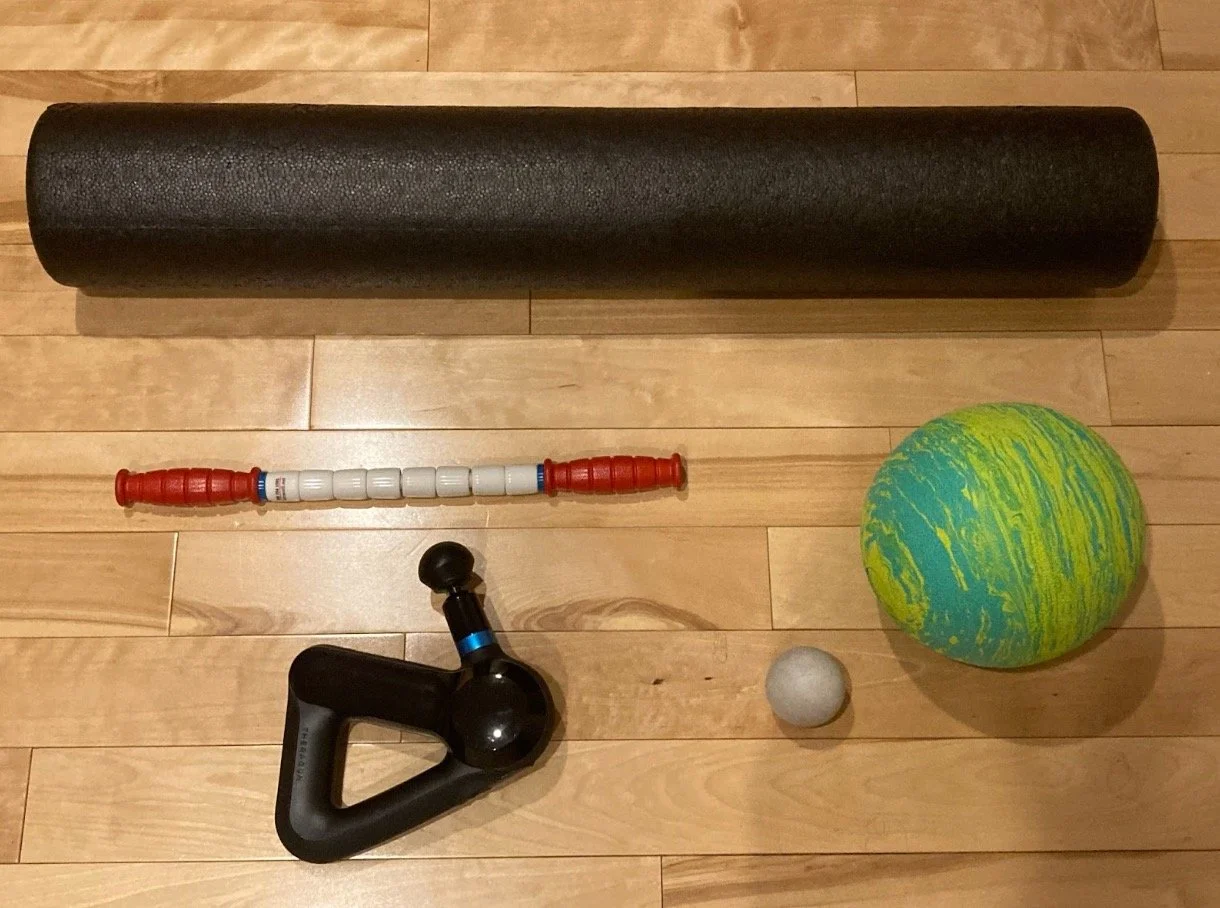Recovery Secrets w/ Morgan
Hi everyone! My name is Morgan Richter and I am a new member of Team Birkie’s Continental Team. I grew up in the Twin Cities where I competed in cross country running, nordic skiing, and track for my high school team and trained and competed with Loppet Nordic Racing my senior year. After high school, I spent four years going to school and competing in skiing for Bowdoin College in Brunswick, Maine and one year for Montana State University in Bozeman, Montana. While I had a great time living, going to school, and training in different parts of the country, I am happy to be returning to my midwest roots with Team Birkie this upcoming season.
With training in full swing, I thought I would share what techniques I use to maximize my recovery and ensure I am able to not only train hard, but absorb the work I am putting in.
1. Sleep
I know sleep is not super exciting, but it is probably the best thing you can do for your recovery. I did not realize what big of a difference quality sleep made in my recovery until I was able to get more consistent sleep after college. I aim for no less than 8 hours of sleep a night, but prefer to get 8.5 to 9 hours. When my training load is especially high, particularly in the summer when the heat and humidity add an extra load, an 8 hour night of sleep feels like 6, so I aim to get closer to 9 hours to ensure I am rested for practice. If I am particularly exhausted between sessions and have time, I will take a nap as well to reset my internal battery.
An important aspect of sleep that I think is under emphasized is not only how much you sleep, but when you sleep. I could sleep the same number of hours two different nights, but if one night is out of sync with my normal sleep schedule, I will feel less rested. While morning practices normally ensure that I maintain a consistent sleep schedule, on nights where I do not have practice the next morning, I make sure I do not go to bed too much later than I normally do.
2. Ice Baths/ Contrast Baths
This is my personal favorite. While I am sure this is not the most popular recovery technique, please hear me out. Without getting too nitty gritty into the science behind them, ice baths help with recovery by promoting blood flow and reducing inflammation. It is typically recommended that ice baths be 10-20 minutes in length; If you are new to ice baths you might be closer to the 10 minute mark whereas if you are used to ice baths like me you will likely be able to tolerate them for longer. You can put just your feet, shins, or legs in, or if you want a full body recovery experience you can go up to your chest or neck. I usually go up to my neck to make sure I get my arms as well since skiing is a full body sport, but you do not need to go that high. While ice baths often feel unbearable the first few times, I promise that after a few sessions the cold is not that bad and you might even find them enjoyable (particularly after a hot summer workout). I have been using ice baths as a recovery method since junior high because afterwards I always feel rejuvenated. However, as I have gotten older, I have learned that there is more nuance to ice bath implementation that should be discussed if you want to optimize their benefits:
Ice Baths Post-Intensity
While ice baths are great at helping you recover from training, they can also reduce the adaptations you gain from training. The inflammation you experience after workouts, while uncomfortable, is your body adapting to the training stimulus and getting stronger and fitter. When you take an ice bath after a hard workout, not only do you reduce the fatigue you feel, but the adaptation you get from the workout. As one coach explained to me, if you did 6x4 minutes L4 and took an ice bath right after, the adaptation you would get from the workout would be as if you did 5x4 minutes L4. While this is of course a generalization, you get the idea: Ice baths slightly reduce the benefits you get from workouts. For this reason, I avoid taking ice baths after intensity sessions and weight room sessions, instead opting to take them on my easy distance days. The exception is if I have back to back hard intensity efforts or races. In that case, doing well in the second hard effort is worth the slight reduction in adaptation I will get from the first workout by taking an ice bath shortly after the first workout.
Contrast Baths
Contrast baths are basically a series of short ice baths alternated with short periods of time in a hot tub. By switching between the hot and cold baths, you further increase blood flow by having blood rush in and out of your muscles multiple times instead of just the one time after taking a standard ice bath. A protocol I like to use is 2-3 x 5 minute hot tub, 5 minute ice bath. It is important to end in the ice bath to maximize the reduced inflammation you get from normal ice baths. While contrast baths might not be as feasible at home, if you have access to a training room equipped with both hot and cold baths they are worth a try.
3. Rolling and Strength
Rolling helps loosen and stretch muscles. Why is this important? When you are tight, your range of motion is restricted. As a result, you move your body differently, increasing your injury risk. For example, for me, my glutes tend to get tight which manifests itself as a tight lower back. If my lower back is tight, I am more likely to hurt myself. There are many different tools you can use to roll out. You definitely don’t need all of them, but here are my favorites:
Foam Roller: Great for loosening up your back, hamstrings, IT band, and quads.
Rolling Stick: Great for loosening up your hamstrings, IT band, quads, and calf muscles.
Foam Ball: Nothing loosens up the glutes like this.
Lacrosse or Tennis Ball: Great for loosening up arches and small glute muscles-I am talking to you glute medius and minimus. If you want a more aggressive roll, use the lacrosse ball.
Massage Gun: Great for an all around roll. I like to use it all over my lower body.
4. Fueling
What you consume during and after your workouts plays a large role in how you will feel in the hours and days afterwards.
During Workout
As a general rule of thumb, you want to drink water every 20-30 minutes when working out. Depending on the length of the workout, the intensity, and the person, you will need to consume carbohydrates as well. For me, I always put Gatorade powder in my drink belt for workouts that are 1.5 hours or longer. For workouts that are 2+ hours, I will bring additional fuel such as Gu packets, applesauce packets, and/or Clif Bars. Why does this matter? If you do not fuel or hydrate properly during the session, particularly for longer and more intense workouts, you can dehydrate yourself and drain your glycogen stores, making you feel worse in the workout, reducing the quality of the session and making it harder to recover after because your body is in a caloric deficit. While not having enough water or carbohydrates during one or two workouts is probably not a big deal, if it happens week after week, the load adds up, reducing your ability to recover and absorb the training you worked so hard to put in.
Post Workout
How you fuel after the workout is just as important as during the workout. After working out, your body has an approximately 30 minute window where it is primed to absorb food and use it towards repairing your muscles. As a result, getting a snack with a mix of protein and carbs (the general recommendation is a snack with a 4:1 ratio of carbs to protein) is crucial for getting a head start on your recovery. Depending on the workout I will have either a recovery drink or a Clif Bar and some water. Within 2 hours of working out, it is also important to get in a solid meal, as a snack is not enough to provide your body all the energy it needs to recover.
Thank you for reading my recovery tips, and I hope to see you out on the trails!


